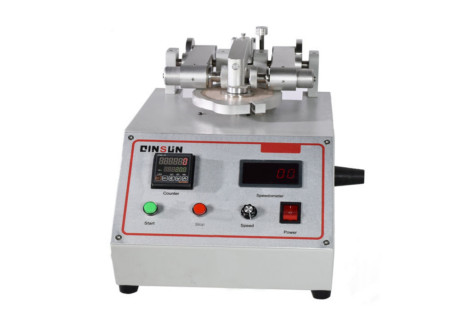- Qinsun Instruments Co., Ltd.
- Tell:+86-21-6780 0179
- Phone:+86-17740808215
- Address:No. 2578 Minhang District Gu Dai Road, Shanghai
- Contact:Mr. Li
- QQ:846490659
Calibration and maintenance of electronic scales

Maintenance and upkeep
Due to the high accuracy of electronic scales but their complex structure, they must be carefully maintained and maintained.
(1) Electronic scales should be managed, maintained, and regularly maintained by dedicated personnel. Each balance should have a technical file set up to store product qualification certificates, user manuals, calibration certificates, test records, regular maintenance and repair records, etc.
(2) To ensure the accuracy of the electronic balance, it is necessary to regularly clean the scale pan, outer shell, and wind. Generally, use a cleaning cloth dipped in a little alcohol to gently wipe, and do not use strong solvents. After using the balance, use a brush to remove dust from the pan, hood, and countertop. Close the balance, cut off the power, and place the electronic balance dust cover.
(3) After cleaning the electronic balance, non corrosive desiccants such as discolored silicone should be placed inside the frame cover. When the color changing silicone changes from blue to pink, it should be taken out and baked in a timely manner. After the moisture is dried, it can continue to be used.
(4) Electronic scales should be regularly calibrated for their metrological performance. If they are found to be unqualified, they should be immediately stopped from use and sent to professional personnel for repair. Unauthorized handling is not allowed. Only after repair and calibration are qualified can they be used.
(5) When the electronic balance is not in use for a long time, the weighing pan, tray holder, power cord and other components should be removed and placed in a dedicated packaging box to prevent damage and loss. At the same time, the electronic balance should be covered with a dust cover.
(6) Electronic balance users should not open the machine casing or tamper with mechanical parts, circuits, contacts, etc. without authorization, in order to avoid misalignment and damage to the electronic balance.
(7) Electronic scales should not be overloaded for use. If the electronic balance displays an overload alarm signal, the weighing must be readjusted; If an underload alarm signal is displayed, check if the load status is caused by the scale or tray not being properly installed.
(8) If a power failure alarm symbol appears on the electronic balance panel, check if the power cord is connected.
(9) If the electronic balance weighing value is completely incorrect, check if it is caused by the following reasons:
① Before weighing, the balance was not tared, i.e. cleared to zero
② The balance has not been adjusted horizontally.
③ The balance has not been calibrated.
④ The power supply voltage does not match or the power line voltage decreases.





